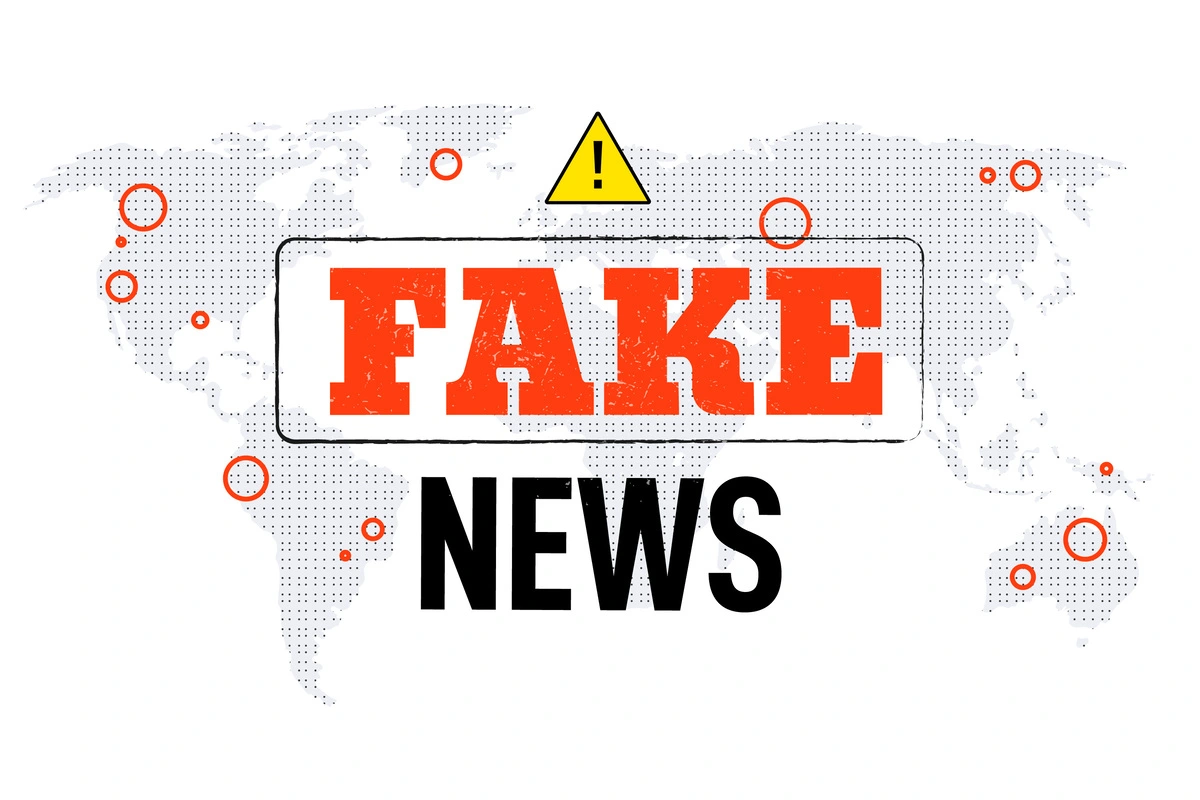In today’s digital landscape, the proliferation of deepfake technology has introduced unprecedented challenges in discerning truth from fabricated content.
Deepfake news regulation has emerged as a critical response to mitigate the spread of AI-generated misinformation that can manipulate public perception and disrupt societal harmony.
Deepfakes, leveraging advanced artificial intelligence, can create hyper-realistic videos and audio recordings that are indistinguishable from authentic ones. This technology poses significant threats, including the potential to influence elections, tarnish reputations, and incite social unrest.
As a result, governments and organizations worldwide are grappling with the need to implement effective regulations to curb the malicious use of deepfakes.
The Imperative for Deepfake News Regulation
The urgency for deepfake news regulation stems from the technology’s capacity to erode public trust and compromise the integrity of information. Without stringent oversight, deepfakes can be weaponized to disseminate false narratives, leading to real-world consequences.
Therefore, establishing comprehensive legal frameworks is essential to safeguard democratic institutions and protect individuals from the detrimental effects of synthetic media.
Global Legislative Responses to Deepfake Challenges

United States Initiatives
In the United States, the federal government has taken significant steps to address the deepfake menace. The “TAKE IT DOWN Act,” enacted in May 2025, mandates the removal of non-consensual intimate deepfakes from online platforms within 48 hours of notification. This legislation empowers the Federal Trade Commission to enforce compliance, ensuring swift action against violators.
Additionally, the proposed “No FAKES Act” aims to protect individuals from unauthorized AI-generated replicas of their likenesses. This bipartisan bill seeks to hold creators and distributors of deceptive deepfakes accountable, emphasizing the importance of consent and authenticity in digital content.
European Union Measures
The European Union has adopted a proactive stance through the implementation of the AI Act, which categorizes AI systems based on risk levels. Deepfakes fall under the “high-risk” category, subjecting them to strict transparency and accountability requirements. Creators must disclose the artificial nature of such content, promoting informed consumption among the public.
The United Kingdom’s Approach
The United Kingdom’s Online Safety Act, effective from 2023, criminalizes the distribution of digitally manipulated explicit images intended to cause distress. While this legislation marks progress, it primarily addresses explicit content, leaving a regulatory gap concerning non-explicit deepfakes.
Australia’s Legal Framework
Australia has demonstrated a commitment to combating deepfake abuse through the enforcement actions of its eSafety Commissioner. In a landmark case, an individual faced a potential $450,000 penalty for distributing deepfake pornographic images of prominent women, highlighting the country’s zero-tolerance policy towards such offences.
China’s Regulatory Measures
China has implemented stringent regulations requiring explicit labelling of AI-generated content. The removal of the viral deepfake app ZAO from app stores exemplifies the government’s swift action to prevent the misuse of synthetic media.
South Korea’s Legislative Actions
South Korea criminalized the distribution of harmful deepfakes in 2020, imposing penalties of up to five years in prison or fines up to 50 million won. This law reflects the nation’s proactive approach to addressing the threats posed by deepfake technology.
The Role of Technology Companies in Deepfake Regulation
Technology companies play a crucial role in combating the proliferation of deepfakes. Platforms like Facebook, Instagram, and WhatsApp have been urged to implement robust detection and removal mechanisms to prevent the spread of deceptive content. For instance, financial firms have raised concerns over deepfake scams targeting executives, prompting calls for stricter moderation policies.
Obstacles to Enforcing Deepfake News Regulation
As governments move forward with laws to control synthetic content, the implementation phase reveals numerous obstacles. From identifying anonymous perpetrators to keeping pace with AI advancements, regulatory authorities face a significant challenge in effectively applying deepfake laws across digital platforms.
Key Enforcement Obstacles
- Jurisdictional Limitations: Different countries have varying laws, making cross-border enforcement nearly impossible without international cooperation and collaboration.
- Rapid AI Evolution: Deepfake technology is evolving faster than regulatory tools can keep pace, making real-time detection increasingly challenging.
- Platform Non-Compliance: Some digital platforms are slow or reluctant to implement AI content filters and transparency policies.
- Limited Resources: Many regulatory bodies lack the necessary technical expertise, funding, or infrastructure to investigate crimes related to deepfakes thoroughly.
- Proof of Harm and Intent: Establishing legal harm or malicious intent is complicated, especially when deepfakes are used for satire or parody.
- Lack of Public awareness: Users often unknowingly share manipulated content, amplifying its reach before authorities can respond.
Strategies for Effective Deepfake News Regulation
To effectively tackle the challenges posed by deepfake content, governments and stakeholders must adopt a multi-layered strategy. Legal frameworks alone are not enough. The solution lies in combining advanced detection systems, international cooperation, and public literacy to build a resilient defence. This coordinated approach ensures both prevention and accountability.
Strengthening Legal, Technological, and Social Defences
- International Collaboration: Establish global standards and treaties to regulate the creation and distribution of deepfakes.
- Investment in Detection Tools: Fund research and development for AI-powered deepfake detection technologies.
- Public awareness Campaigns: Launch nationwide education programs to help people identify and report deepfake content.
- Platform Accountability: Mandate social media platforms to enforce stricter monitoring and labeling of synthetic content.
- Support for Victims: Offer legal aid and psychological support to individuals affected by malicious deepfakes.
Conclusion:
Deepfake news regulation is no longer a future concern; it’s an urgent necessity. As AI rapidly evolves, deepfakes are being misused to spread false information, impersonate individuals, and manipulate public opinion, posing serious risks to privacy, democracy, and global stability.
Governments are beginning to respond with new laws and enforcement measures, but regulations must keep pace with the fast-moving technology. Global cooperation, transparency in AI-generated content, and legal protection for victims are essential steps forward.
Technology companies must also take responsibility by developing advanced detection tools and acting quickly to moderate harmful content. At the same time, educating the public is crucial; awareness significantly reduces the power of deepfakes to deceive.
Only through combined legal action, corporate accountability, and informed citizens can we protect the digital world from synthetic media. The path ahead requires vigilance, innovation, and global unity to ensure truth and trust in the era of AI.










